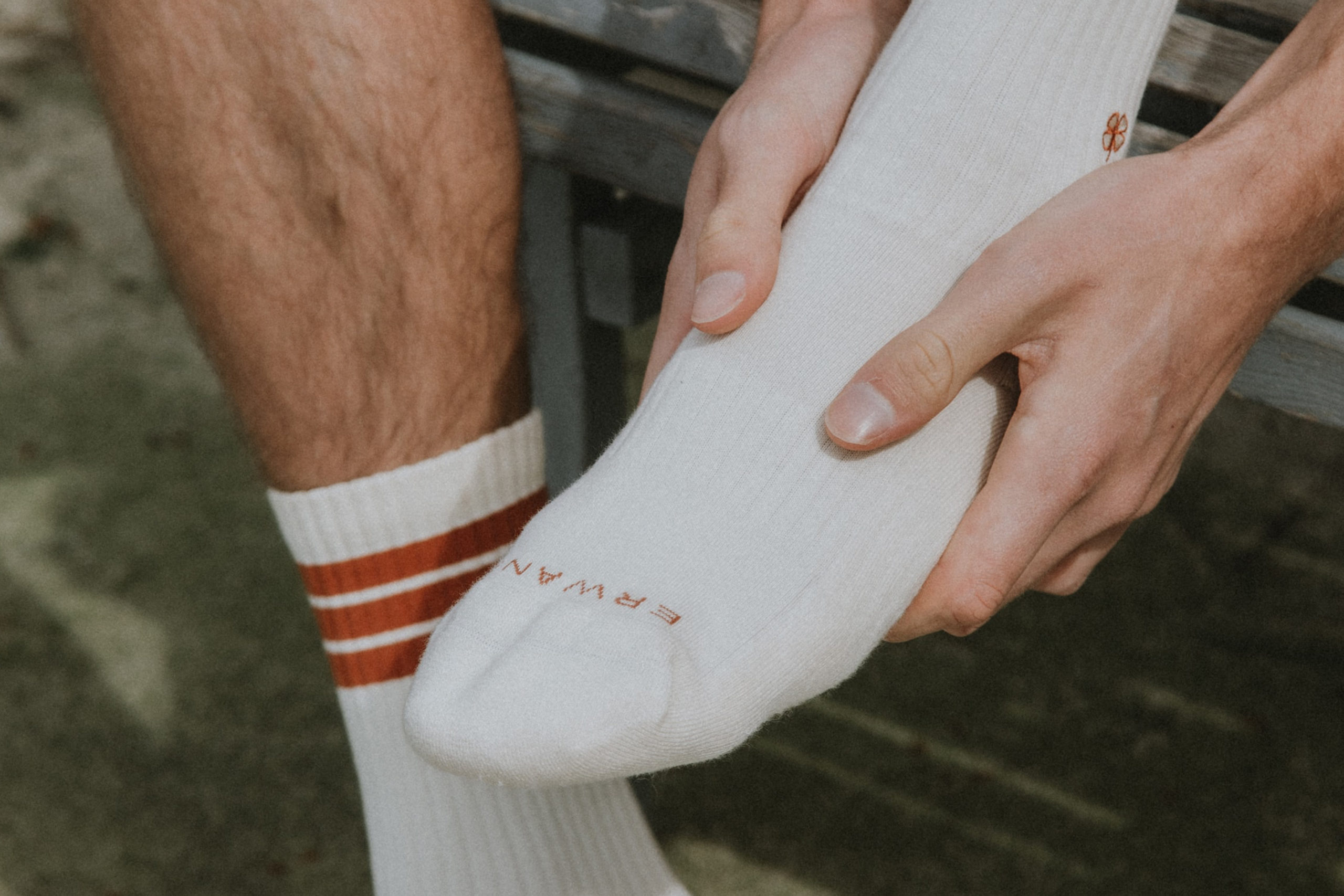Sprain, Strain, and Severity: What Does it all Mean?
 Have you ever talked with a friend, family member, or coworker, and they mentioned spraining an ankle or straining a hamstring? Were you unsure what they meant? Or maybe why one person had surgery and another person went to physical therapy? So, what exactly do sprain, strain, and severity mean, and how will they be managed?
Have you ever talked with a friend, family member, or coworker, and they mentioned spraining an ankle or straining a hamstring? Were you unsure what they meant? Or maybe why one person had surgery and another person went to physical therapy? So, what exactly do sprain, strain, and severity mean, and how will they be managed?
Sprain, Strain, and Severity
A strain is damage to the tissue that connects muscle to bone. Either the muscle or tendon is damaged. A sprain is damage to the tissue that connects bone to bone. These are ligaments. In its most basic definition strain = muscle/tendon damage and sprain = ligament damage. Ligaments are responsible for helping to hold and stabilize our bones together. Muscles are responsible for movement. Strains and sprains are classified into 3 categories, grade I, II, or III.
Sprain/Strain Severity Grades
Strains
- A grade I strain involves less than 5% damage to the muscle fibers or tendon. Typically, there is very minimal swelling, and it is only at the sight of the injury. You may have slight pain with daily activities but will still demonstrate full motion and strength. Overall, function does not change.
- A grade II strain means a partial tear and involves various amounts of a muscle tear. A low grade type II strain means less than 1/3 of the muscle fibers are torn. A medium grade type II strain involves 1/3-2/3 of muscle fibers. A large grade type II strain means more than 2/3 but less than 100% of the muscle fibers are torn. With a grade II strain there is frequently bruising with moderate amounts of swelling. Normally there is an increase in pain with movement as well as associated loss of motion and strength. Typical daily activities are often limited/painful. Overall function will be slightly-moderately limited.
- A complete tear is a grade III strain (rupture). This will present with significant bruising and edema. Patients often hear a “pop” when the injury occurs. There will be a loss in motion and strength. In addition, it will be very tender to touch. Overall function is greatly limited.
Sprains
- A grade I sprain is very similar to a grade I muscle strain. Typically, less than 5% of ligament fibers tear. You may experience slight pain but overall function and movement do not change. There won’t be any joint laxity with this type of tear.
- A grade II sprain is similar to a grade II muscle strain in the number of fibers torn. Often there will be an increase in pain, especially over the ligament. There will likely be an increase in swelling and bruising. There can be an increase in joint laxity.
- Lastly a grade III sprain is similar to a grade III strain, and the entire ligament tears. Often times it is very painful. You may hear an audible pop with the injury. This will have a large amount of swelling and bruising. Typically, the joint is very lax after this type of injury.
Treatment
As with all injuries a variety of factors will go into your treatment plan. These include age, injury location, other structures involved, activity level, overall functional impact of the injury, and your goals. Grade I sprains/strains will normally receive conservative treatment such as resting or physical therapy. Sprains/strains that are Grade II often times will have conservative approaches but other treatments are possible such as injections and surgical procedures. Grade III sprains/strains often involve surgery to repair the damage, however some people are able to function fully and not need any surgical intervention because they respond well to conservative management. If you are worried about a sprain, strain, and severity of your injury, talk to your physical therapist!
References
-
Andrews, K., Lu, A., Mckean, L., & Ebraheim, N. (2017). Review: Medial collateral ligament injuries. Journal of Orthopaedics, 14(4), 550–554. https://doi.org/10.1016/j.jor.2017.07.017
-
Chan O, Del Buono A, Best TM, Maffulli N, Chan, O., Del Buono, A., Best, T. M., & Maffulli, N. (2012). Acute muscle strain injuries: a proposed new classification system. Knee Surgery, Sports Traumatology, Arthroscopy, 20(11), 2356–2362. https://doi.org/10.1007/s00167-012-2118-z
-
Gray, A. M., & Buford, W. L. (2015). Incidence of Patients With Knee Strain and Sprain Occurring at Sports or Recreation Venues and Presenting to United States Emergency Departments. Journal of Athletic Training (Allen Press), 50(11), 1190–1198.
